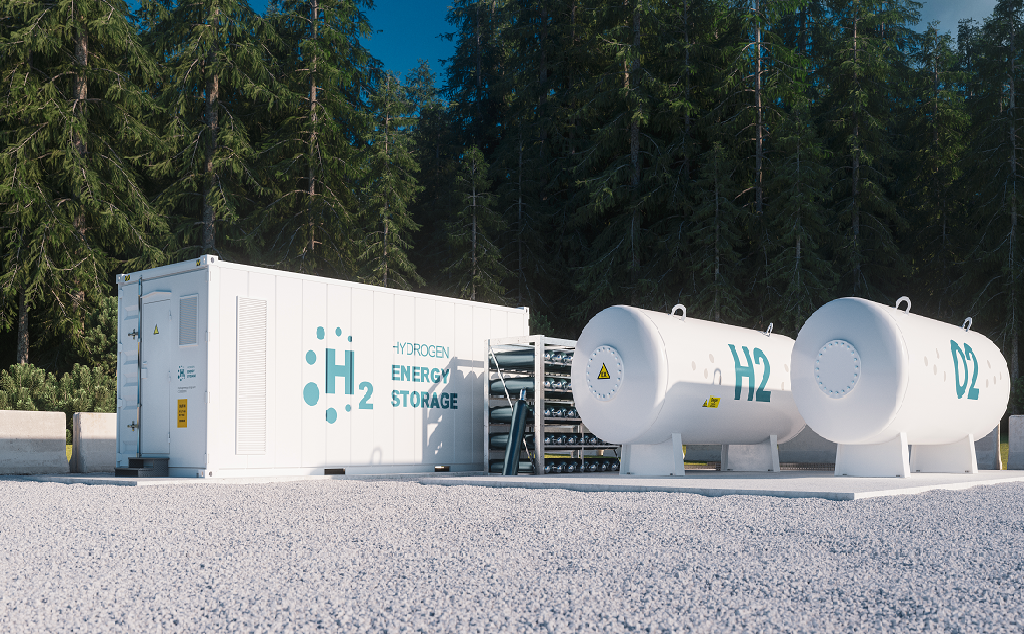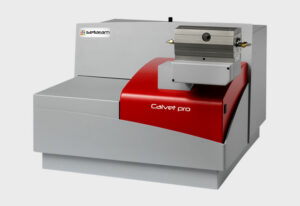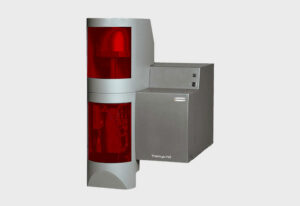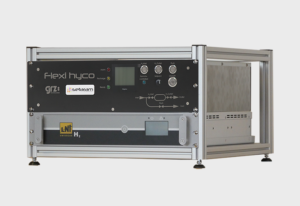Materials used in the hydrogen cycle
Thermal analyzers, calorimeters and gas sorption analyzers offer unique solutions for characterizing materials used in the hydrogen cycle. They contribute to improving their sorption and desorption properties, their efficiency or their thermal stability.

Material Characterization for Hydrogen : production, storage, distribution and conversion
The hydrogen cycle represents a major challenge for the development of sustainable energies, requiring efficient solutions for production, storage and conversion. The development of materials adapted to these uses is also essential to guarantee the performance and durability of hydrogen-related technologies. Our solutions give you a chance to contribute to this development effort.
-
Hydrogen Production
The production of hydrogen from water or biomass requires a catalyst. The high cost of current catalysts requires optimization of these materials. Thermal analysis and calorimetry can be used to characterize the efficiency of new potential catalysts and thus achieve savings.
-
Hydrogen Storage
The cost and strength of materials used in hydrogen storage components and systems can be improved by characterizing their resistance to aging. Storage in liquid or solid sorbents is a promising alternative but materials need to store more hydrogen and be faster to charge and discharge the gas. Setaram helps you characterize the capacity and speed of your materials.
-
Hydrogen Distribution
When hydrogen is transported in gaseous or liquid form, it has a significant maintenance cost due to the short life time of materials at high pressure and/or low temperature. You may therefore have to characterize the stability of potential materials under these conditions.
-
Hydrogen Conversion
By combustion: turbines operating with hydrogen are subjected to higher temperatures. Setaram solutions support you with the characterization of new, more resistant alloys. By conversion in a fuel cell: the development of less expensive materials, which can resist higher temperatures, is driven by thermal stability characterization using Setaram instruments.
Associated products


Application Notes
Application notes
- Combined calorimetric and sorption measurements on Mg based hydride with small sample mass
- Measurement of PCT isotherms on sodium alanate with different level of Ti doping
- AN734-Characterization-of-a-catalyst-used-for-the-hydrogen-production
- AN735-Thermogravimetric-study-of-the-hydrogen-resistance-of-a-titanium-based-alloy
- AN736-Heat-capacity-determination-of-elastomers-used-for-hydrogen-fuel-cells
- AN737-Thermal-stability-study-of polymers-for-electrolytes-membrane-fuel-cells




